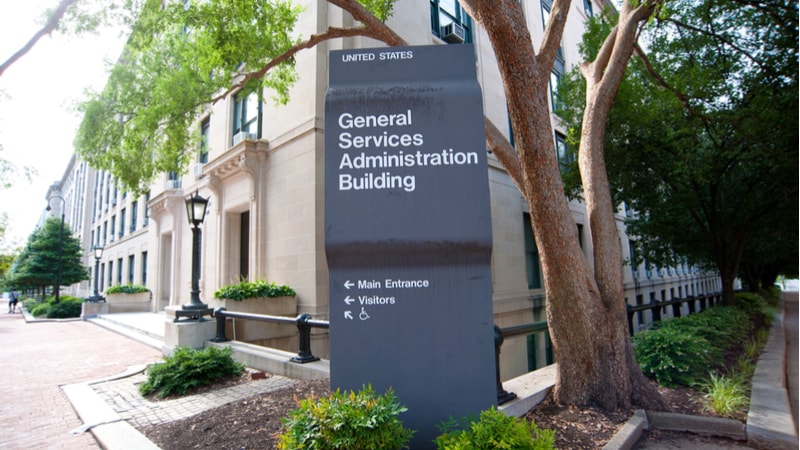
The General Services Administration (GSA) is sharing the first draft of its CIO Modernization and Enterprise Transformation II (COMET II) Performance Work Statement (PWS) with industry after posting a request for quotes (RFQ) to the agency’s eBuy program.
COMET II is a continuation of the $1 billion COMET, launched in 2019, which was a recompete of GSA’s CIO Application Maintenance, Enhancements, and Operations (CAMEO) system.
The posting, shared with MeriTalk in an email, seeks feedback on initial task orders and the PWS for the multiple-award blanket purchase agreement (BPA), which aims to provide “services and IT products in support of GSA IT creation, transformation, modernization, and maintenance efforts.”
GSA stated that COMET II BPA contractors must excel in meeting key objectives, either independently or through partnerships, and that the BPA will streamline the procurement of IT products and agile services.
“The BPA will provide a streamlined process to support the purchase of IT products and agile delivery services, including, user-centered design, emerging architecture and design, agile application development and configuration, analytics, monitoring, integration and DevSecOps, as well as other IT support services such as IT management and governance, business process analysis beneath Multiple Awards Schedule (MAS),” the posting reads.
Additional expectations for contractors outlined by GSA include building secure IT solutions using “human centered” design; developing responsible artificial intelligence and machine learning; integrating commercial off-the-shelf products; and providing custom code development.
GSA said it is looking for “hybrid solutions to create the most effective and economical solution for the government.”
The RFQ closed on Oct. 2, with the posting noting that “GSA could potentially post additional attachments for the PWSs in the near future as well.”
